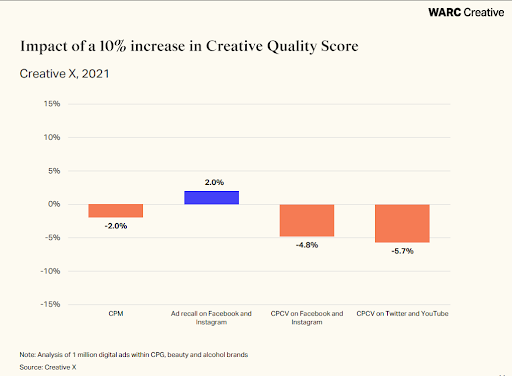The advertising industry has become like fast fashion: producing ever more disposable content and mediocre ideas at cheap prices, writes advertising luminary Sir John Hegarty – the victims are the people, the planet and our industry's effectiveness.
The advertising and marketing industry are in crisis. And I don’t use that word lightly. All the evidence both anecdotal and through research shows our industry to be less appreciated, less effective and at times even reviled.
Over the last 30 years, social media companies have profoundly disrupted the industry. Convincing clients that broadcast advertising, television or however you want to define it, is a waste of resources. Armed with ever increasing amounts of data they’ve offered the holy grail of effectiveness through targeting. Why waste money on appealing to people who will never buy your product? The ‘eliminate waste’ mantra has powered their sales messages, and increased advertising clutter.
"We’ve become like fast fashion, ever increasing the amount of clothes it produces at cheap prices to keep its audience interested."
Smart advertisers know a brand is made not just by those who buy it, but also by those who know about it. Nonetheless, most have been seduced by more data, powered by algorithms.
Data has always been important, and targeted messaging can be wonderful. But only if it has been accompanied by persuasion. Persuasion and promotion are two vital parts of any communication strategy. One without the other will fail to be truly effective. Data without creativity it’s just a tool, it doesn’t work.
The deepening crisis in advertising is bound up in its decreasing effectiveness. Despite the claims of social media companies, the ad click through rate globally stands at about 1.3%. And probably dropping as smart phones owners increasingly opt out of ad messages. I’ve never read a business book that has suggested the best way to enhance success is to make a worse product. Well, that’s what we’re doing.
We’ve become like fast fashion, ever increasing the amount of clothes it produces at cheap prices to keep its audience interested. Clothes with a desperately short shelf life. Our industry is not dissimilar except we’re producing fast advertising, to hopefully improve our click through rate. We produce work that is eminently disposable.
Well, just like fast fashion, the world can’t go on with fast advertising.
More and more digital advertising uses up very real resources. “Online advertising consumes vast amounts of energy and contributes around 10-20% of the total internet infrastructure’s consumption” per the Environmental Impact Assessment Review.
The planet can’t take it.
If companies are genuinely concerned by their carbon footprint, then that concern should also extend to their advertising. Creativity isn’t just a means by which marketers achieve effectiveness, in the context of the climate crisis it’s also a means by which companies will save energy.
Creativity is the advertising industry’s green fuel
We know creativity works. A forthcoming WARC Creative report presents 10 proof points on how creativity supercharges effectiveness. Case in point: a study by CreativeX found that creative quality boosts media efficiencies.

The point of creativity is to make a brand’s communication more effective. Creative ideas generate attention and admiration, boost brand fame and of course drive that most valuable marketing tool, ‘word of mouth’: the most effective form of persuasion. That has always been the case.
But as the climate crisis intensifies we must think of creativity on another level. We have to redefine creativity as a green industry. Because not only are great ideas more memorable and enduring, a great idea can drastically reduce the amount of energy a campaign needs to create impact and cut through.
Creativity is the greenest fuel available to our industry.
This will move us from fast advertising to value added advertising and do so by using less energy.
Ad Net Zero, a framework that is helping the ad industry halve greenhouse gas emissions before 2030, achieving net-zero emissions before 2050 outlines five ways the industry can reduce its carbon footprint. Surely there should be a 6th action point: creativity.
I really don’t believe that in today’s world an industry can succeed long-term without some moral agenda, without a belief that it is helping solve the world’s problems.
Reframing our task as helping our clients reduce their carbon footprint is one way the industry can do better. And an added benefit is that we are more likely to attract young talent that will see the communication industry as one that is relevant, does have a moral agenda, and one they can feel good about working in. Talent that is vital for the industry’s future success.
Sir John Hegarty runs The Business of Creativity, an 8 week course that is packed with tips and playbooks which John has used throughout his career to harness and unlock your creativity.

